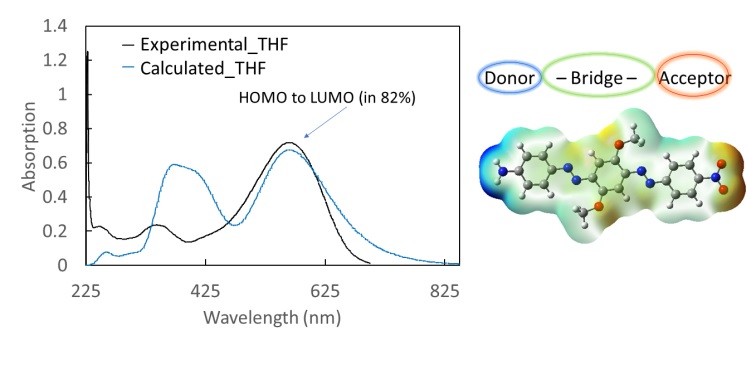
Pavel Lazarev
Capacitor Sciences Inc., USA
Title: Dielectrophores: Non-linear capacitor materials. Experiment and theory
Biography
Biography: Pavel Lazarev
Abstract
Statement of the Problem: The efficient charge transfer is needed to design efficient energy storage materials. A polarizable molecular structure with asymmetrical charge distribution mediates low energy transitions leading to high polarizability and energy density. These low-energy electronic transitions are also required to obtain high second-order non-linear responses. It can be achieved by a modification of donor and acceptor groups and especially their spatial separation. We studied the molecular properties of organic (opto)electronic materials, dielectrophores, experimentally and theoretically. The dipole moments and the band gap of a single molecule are the simplest quantified tools that are used to determine the potential material for capacitors at the pre-development stage. Spectroscopic experiments allow the selection the materials with low band gap and hence high polarizability.
Methodology: In this study, spectroscopic data are studied in the presence and the absence of the external electric field. Series of polymers with various substituents were investigated experimentally and theoretically to determine the molecular structure with the highest polarizability.
Findings: There is a direct relation between the (hyper)polarizability factors, band gap, and UV/Vis spectra. The strength of donor-acceptor groups, the length of the conjugated bridge, the polarity of the solvent, and the planarity of the molecule significantly affect the polarizability and the charge transfer properties. Since the band gap is inversely proportional to the second hyperpolarizabilities, the absorption peak in longer wavelength indicates the lower band gap and, correspondingly, the enhanced polarizability. Calculations provide an excellent agreement with the experiment, see Fig. 1.
Conclusion & Significance: We studied non-linear optic materials and defined predevelopment tool to target the best materials that can be used for the energy storage applications. With large (hyper)polarizability factors, investigated polymers are performing better than commercially available capacitors.


